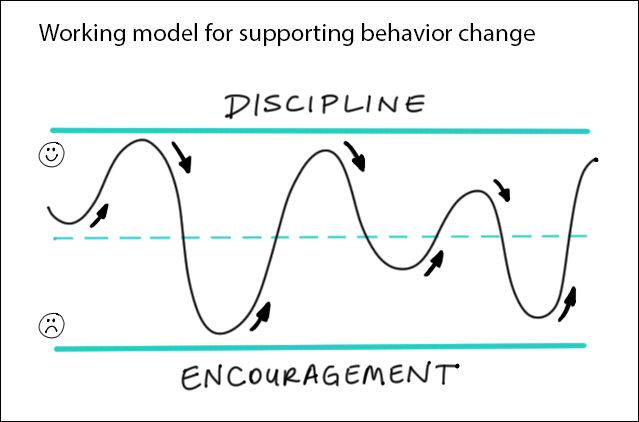
Today I got coffee with a fellow user researcher and had an interesting conversation about how company cultures can clash with the ethos of the products they’re selling.
For example, a company that sells a platform to improve communication within organizations should mirror the very thing it purports to sell: good internal communication. They need to not only talk the talk, but walk the walk.
What happens when companies don’t practice what they preach?
One thing that happens is the morale of employees starts to diminish. The values they hope to imbue in the product become aspirational and distant from their own lived reality. This paradox creates tension for employees and can prevent innovation from truly thriving.
Let me paint the opposite picture. If your office is actively focused on finding ways to communicate better, that effort will start to spill into the product. Because relationship dynamics between co-workers can get complex and fluctuate, there will be many stories and experience to draw from. Leveraging this collective growth will fuel and funnel into a product that truly resonates with users.
Products are outgrowths of our mindsets and values.
When we create a product, it is an extension of ourselves that we’re sharing with the world. People will form a relationship with your product, and non-directly, to you and your values.
I remember doing my taxes in 2011 and being surprised at how easy it was. I had approached filing my taxes with so much intimidation and loathing. The experience I had with Intuit’s TurboTax turned out to be delightful and empowering to me. This experience was the complete opposite of what I expected.
To carry the ethos of “let’s make filing taxes easy for ANYONE,” I’d imagine Intuit had to first dive head first into its opposite: complexity. Product designers have to face complexity, deconstruct it, then make order out of chaos for its users.
I would also like to hope that Intuit’s company culture embodies the elements of the mantra of “simplicity.” For example, considering questions like, “how can we make new employee onboarding simple and enjoyable?” “How can we make it easy to understand our internal tools and processes?” “How can we make it simple for our vendors to work with our us?” Companies who live their value propositions are incredibly powerful.
In order to fully understand the values we do want to put out into the world, we need to fully experience the opposite as well. It’s considering the negative space. As much as opposition is crucial in increasing our understanding, staying in that space too long isn’t very productive.
The more we embrace, practice, and live specific values within our corporate culture, the more they will naturally flow into our work, yielding quality product experiences that deeply meet user needs.


